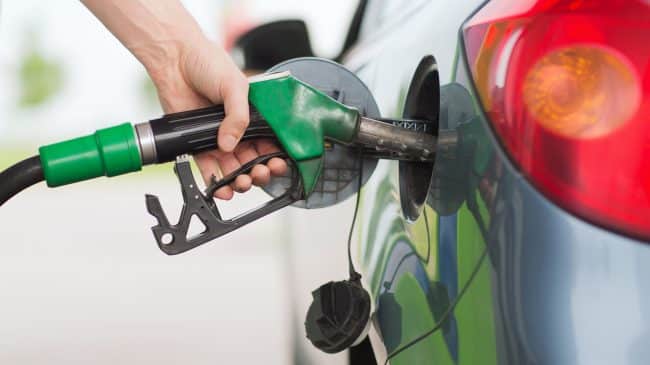Last week, the Environmental Protection Agency announced it will not raise fuel economy and greenhouse gas emission standards for cars and light trucks by as much as the Obama administration had proposed. “The Obama administration’s determination was wrong,” said Scott Pruitt, head of the Environmental Protection Agency (EPA). The EPA’s decision is good news for consumers, the economy and environment.
Corporate average fuel economy (CAFE) standards were first introduced by Congress in 1975, ostensibly to reduce US reliance on foreign oil. The standards have been tightened several times since then, most recently in 2016, when they were combined with standards intended to reduce greenhouse gas emissions. Those standards, which are binding, peak at 41 miles per gallon in 2021. The Obama administration also proposed raising the standards after 2021, suggesting that they should reach 54.5 miles per gallon by 2025. It is these latter, non-binding standards that now won’t be implemented.
Economists have long been skeptical of fuel economy standards because they are an inefficient means of reducing fuel consumption and emissions. The majority of U.S. consumers demonstrably prefer larger, more powerful vehicles, such as pickups and SUVs. But vehicle manufacturers continue to produce large numbers of small vehicles, which have higher fuel economy, in order to comply with fuel economy standards. As a result, manufacturers and dealers are forced to discount the prices of new cars, undermining their overall profitability.
In addition, fuel economy standards result in a “rebound” effect: when it costs less to drive each mile people tend to drive more, which means more emissions. Moreover, by increasing the price of new vehicles, fuel economy standards incentivize consumers to keep older vehicles on the road longer. This is especially true for larger, more powerful “gas guzzlers.” Studies suggest these actions by consumers reduce the potential fuel savings and emissions by 25 to 50 percent.
In a recent study for Reason Foundation, Arthur Wardle and I conservatively estimated that implementing the proposed 2025 standards would reduce annual carbon dioxide emissions by 50 million tons at a cost of $50 billion. That puts the cost of CO2 reduced at an astronomical $1,000 per ton – about 50 times the “social cost of carbon” estimated by the EPA during the Obama administration.
As I noted in another recent study, the social cost of carbon is likely less than $10 per ton (and could be zero). So, had the EPA proceeded with the Obama-era proposals, it would have imposed costs at least 100 times greater than the benefits. Those costs would have fallen disproportionately on poorer consumers.
In a study published last week, I calculated that a person purchasing a three-year-old pickup is already paying about $100 per year more for their vehicle and fuel than they would be in the absence of the new CAFE standards. As fuel standards become more onerous, which they will until at least 2021, the net cost is likely to increase. If the more ambitious Obama-era standards had been imposed, consumers could have been paying $500 per year more than necessary by 2025.
Other policies are better suited to address the pollution associated with vehicle use. Arguably the best policy would be to charge a fee per mile driven, varied according to the time and location of the driving, as well as the emissions from specific vehicles. Such a “mileage-based user fee” could ensure that drivers pay for the harm they generate – and would incentivize drivers to drive less when the harm they cause is greater.
Even the existing gas tax is more efficient than fuel economy standards. The University of California, San Diego, economist Marc Jacobsen estimates that using fuel economy standards to reduce fuel use and emissions costs three to five times as much as a gas tax. In addition to harming consumers and the economy, fuel economy standards are bad for the environment. As noted, they encourage consumers to use their cars more than they otherwise would and they encourage consumers to keep “gas guzzlers” on the road longer for longer. And because these effects drive up the cost of reducing emissions, they effectively waste resources that could be spent on other environmental amenities.
Unfortunately, Congress has tied the hands of agencies that set fuel economy standards, preventing them from rolling back existing standards that are already in force. It would take an act of Congress to scrap those standards.
EPA says it will produce new emission standards for 2022, and beyond, that are less onerous. Given that the existing standards already impose costs greater than the benefits, the best outcome would be for EPA not to increase the standards after 2021.

